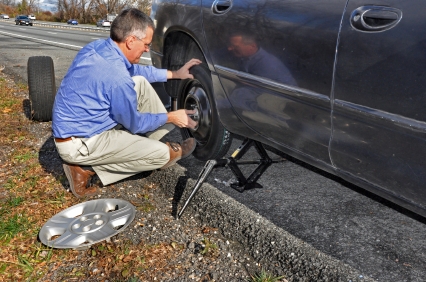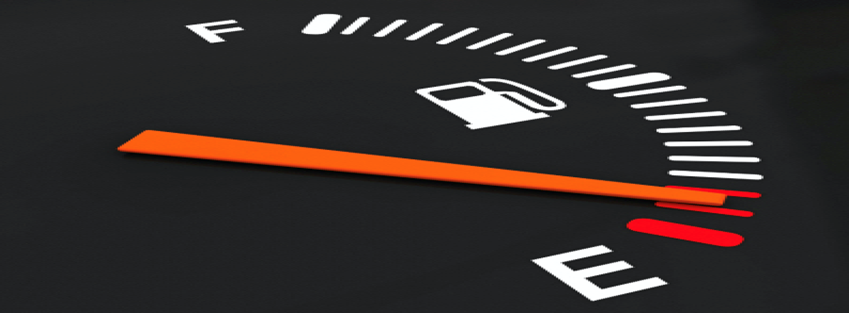What is Wheel Alignment?
Wheel alignment is the precise adjustment of the angles of a vehicle’s wheels according to the manufacturer’s specifications. This ensures optimal tire performance, reduces uneven wear, and helps the vehicle travel in a straight line without pulling to one side.
For more –> Common alignment misconceptions
For more –> Alignment questions
The Three Types of Alignment
Four-Wheel Alignment
The most frequently employed alignment type is the four-wheel alignment. It’s commonly used for vehicles equipped with four-wheel independent suspensions or front-wheel drive vehicles featuring adjustable rear suspensions. This wheel alignment process ensures that both the front and rear axles are examined and adjusted accordingly.
It’s worth noting that not all vehicles are easily or fully adjustable. Certain cars and light trucks may demand more time for alignment, and some might even require aftermarket kits to enable adequate adjustments, especially when compensating for accident damage or alterations in the car’s suspension.
During the wheel alignment process, it’s advisable for the vehicle to carry its typical load, especially for vehicles that consistently transport heavy loads. Items such as a trunk filled with sales materials or a van loaded with equipment can cause a reduction in the vehicle’s ride height, potentially impacting the alignment. Moreover, for individuals using their vehicles in autocross or track events, considerations such as sitting in the car or having Brown’s Alignment add “weight” to simulate the driver’s influence on suspension angles are taken into account.
Front-Wheel Alignment
A standard front-wheel alignment focuses solely on measuring and adjusting the angles of the front axle. This type of wheel alignment is suitable for vehicles with fixed rear axles. However, it’s crucial to ensure that the rear tires align properly with the front tires. This is where thrust alignment becomes essential.
Thrust Angle Alignment
A thrust angle alignment is a specialized type of wheel alignment that ensures the rear wheels are aligned correctly in relation to the vehicle’s centerline. It takes into account the angle and positioning of the rear axle in comparison to the front axle. This alignment helps prevent the vehicle from drifting or “thrusting” to one side, promoting straight and stable driving. For many solid rear axle vehicles, the thrust angle ideally should be zero. In some cases, a visit to a frame straightening shop becomes necessary to realign the rear axle to its correct position.
Primary Alignment Angles
Primary wheel alignment angles involve the positioning of the wheels in relation to each other and the car’s body. The alignment angle adjustments are known as camber, caster, toe, and thrust angle. However, it’s important to note that not all vehicles allow for the adjustment of all these angles.
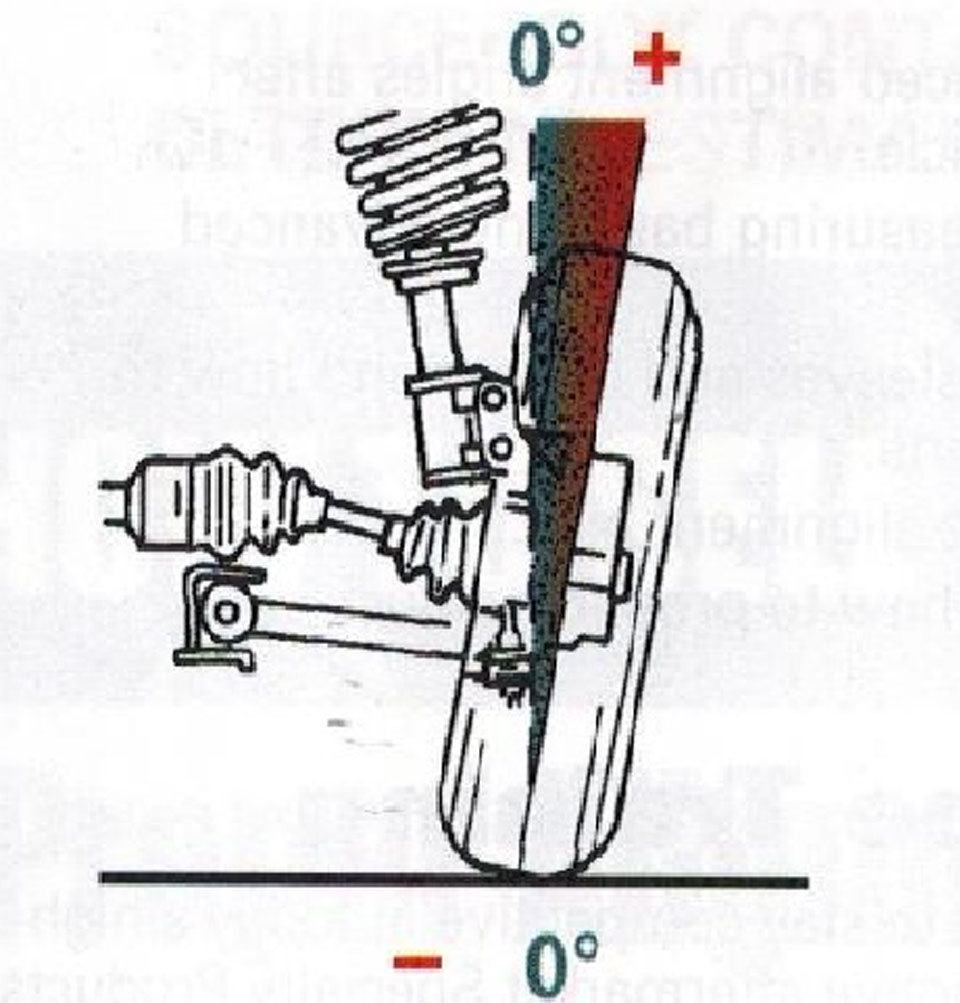
Camber:
Primarily a wearing angle, CAMBER is the angle of the wheel in relation to a vertical direction when viewed from the front or rear of the car. This angle determines the inward or outward tilt of the top of the wheel and the resulting tire lean from top to bottom. When the measurement is zero, the tire and wheel assembly are perfectly vertical. Incorrect camber adjustment can lead to uneven tire wear on the inside or outside edges of the tires, and, in extreme cases, it can cause the car to pull towards the side with the greater deviation.
Deviations from the correct camber angle can result in uneven tire wear. A negative camber measurement occurs when a wheel leans toward the chassis, causing the top of the tire to tilt inward. Negative camber can result in wear on the inside edge of the tire. On the other hand, a positive camber measurement points the wheel away from the chassis, causing the top of the tire lean outward. Positive camber can result in wear on the outside edge of the tire.
Maintaining an ideal camber angle is crucial for optimal tire efficiency, proper steering control, and is a preventive “anti-roll” measure integrated by engineers to counteract body roll effects.
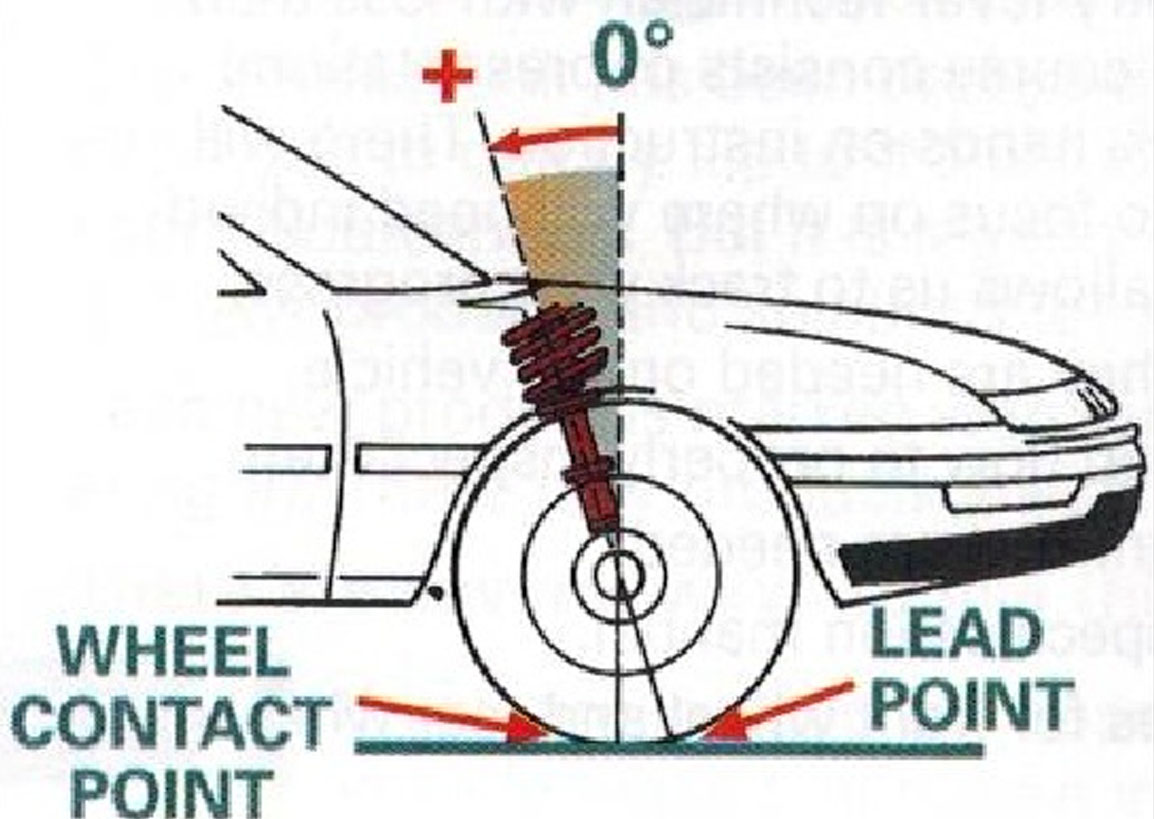
Caster:
Primarily a pulling angle, CASTER refers to the angle of the steering pivot, measured in degrees when observed from the side of the vehicle. It involves the forward or backward tilt of the upper ball joint or top of the strut concerning the lower ball joint. When this tilt is towards the rear of the car, the caster is considered positive; if it leans towards the front, it is negative. The greater the difference in these angles from side to side, the higher the likelihood of a pull towards the direction of the lower reading. Essentially, the cross-caster measurement gauges the disparity in the positions of the two front tires. Ideally, they should be aligned relative to each other, and any deviation may lead to a pulling effect. Incorrect caster can result in instability, weaving at high speeds, and a lack of steering wheel responsiveness. Excessive caster may also contribute to uneven tire edge wear.
Caster alignment significantly contributes to the perceived “feel” of steering and the stability of high-speed travel. Most vehicles typically have three to five degrees of positive caster, while heavier vehicles may use lower angles for enhanced steering comfort. A flawed caster angle can result in either loose or challenging steering.
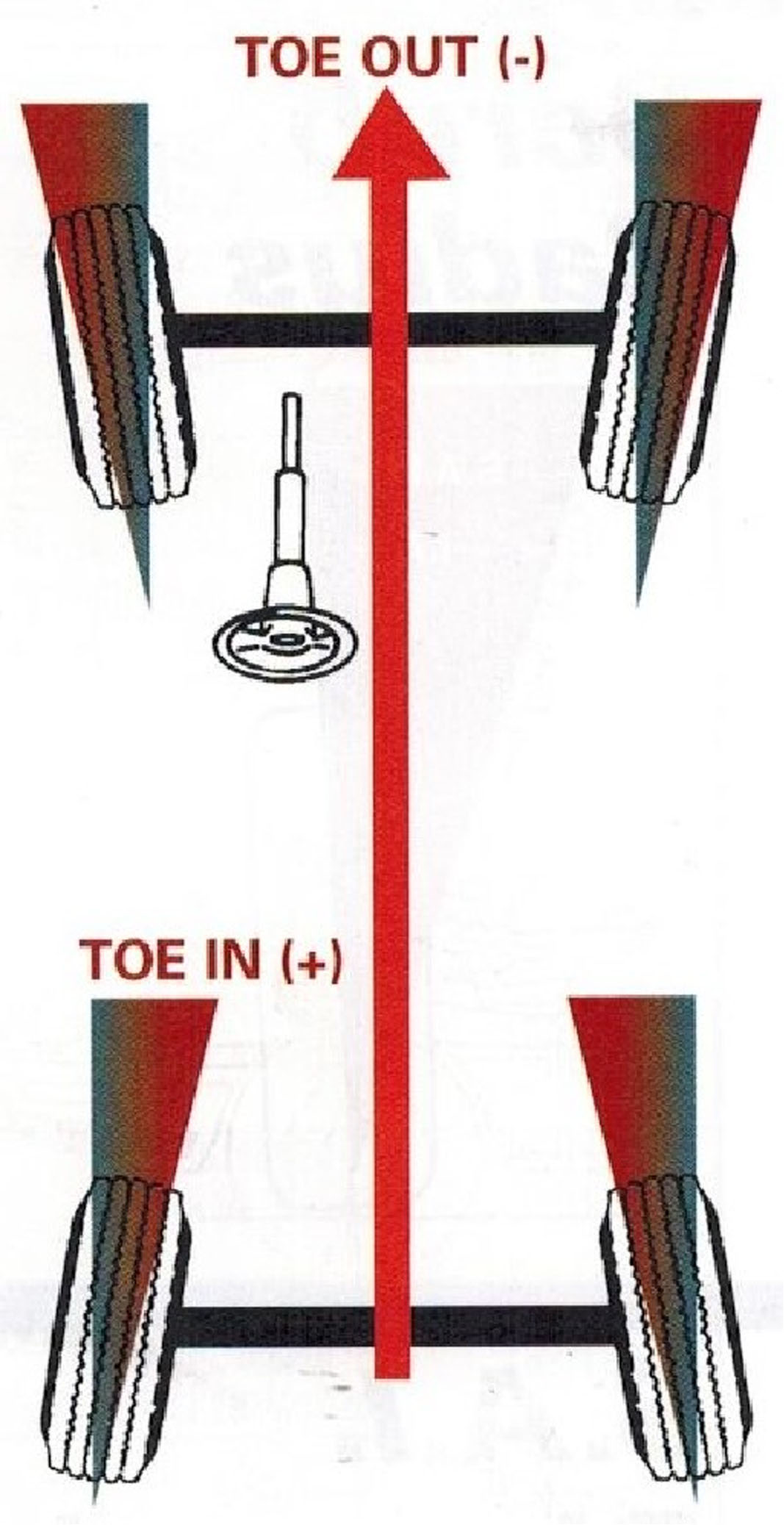
Toe:
Primarily a tire wearing angle, TOE is the difference between the leading and trailing edges of the tire measured at the center. Incorrect toe will result in uneven tire wear (scalloped, feathered, chopped patterns) and increased rolling friction. Toe also determines the position of the steering wheel.
Like camber and caster, toe is measured in degrees and is a basic component of suspension tuning. Front edges of the wheels pointing towards each other is called “toe-in”. Toe-in can cause irregular wear on the outside edges of the tires. Front edges of the wheels pointing away from each other is called “toe-out”. Toe-out can cause irregular wear on the inside edges of the tires. Toe-in and toe-out can cause irregular tire wear but will not cause a pull. However, if both front tires point in the same direction, the car may drift or pull in that direction.
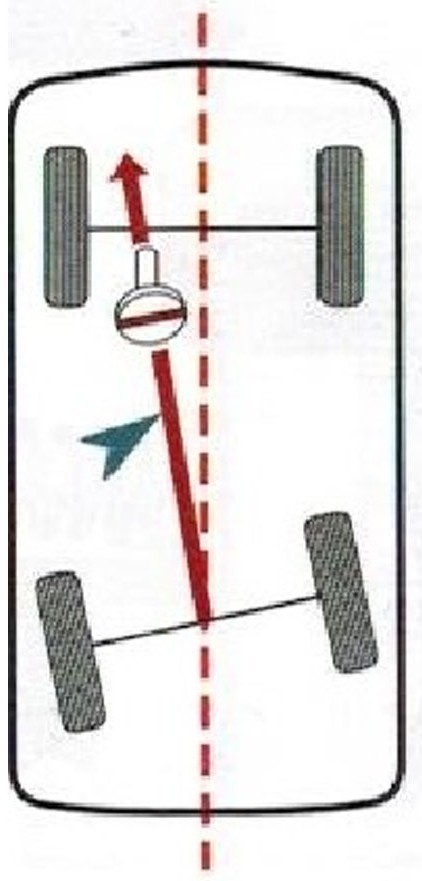
Thrust Angle:
The orientation of the rear wheels concerning the centerline of the vehicle is known as the THRUST ANGLE. This angle indicates the direction in which the rear wheels point relative to the center line of the vehicle. A positive thrust angle is designated when the thrust line is to the right of the centerline, while a negative angle occurs when the thrust line is to the left of the center. When the thrust angle deviates from zero, the vehicle tends to thrust in one direction or another causing the steering wheel to be off-center. This misalignment stems from issues with the rear wheels or axle and results in steering pulling to one side. It is the primary culprit for an off-center or skewed steering wheel. Rectifying rear axle or toe alignment is essential to eliminate the thrust angle. Alternatively, if direct correction is not feasible, using the thrust angle as a reference line for aligning the front toe can restore centered steering.
Latest News
How to Change a Flat Tire
A Step-by-Step Guide Flat tires can happen unexpectedly, leaving you stranded on the side of the
How to Jump Start a Car
A Step-by-Step Guide Car battery issues can strike at the most inconvenient times, leaving you stranded
Braking It Down: Know Your Car’s Braking System and Warnings
Your car's braking system is critical to your safety on the road. In this blog post, we'll
Keeping Your Car in Top Gear with Timely Fluid Changes
Hey there, car enthusiasts! Today, we're getting under the hood to explore a topic that might not
With summer on its way and gas prices
With summer on its way and gas prices that are well over $2.00 per gallon, it makes sense

